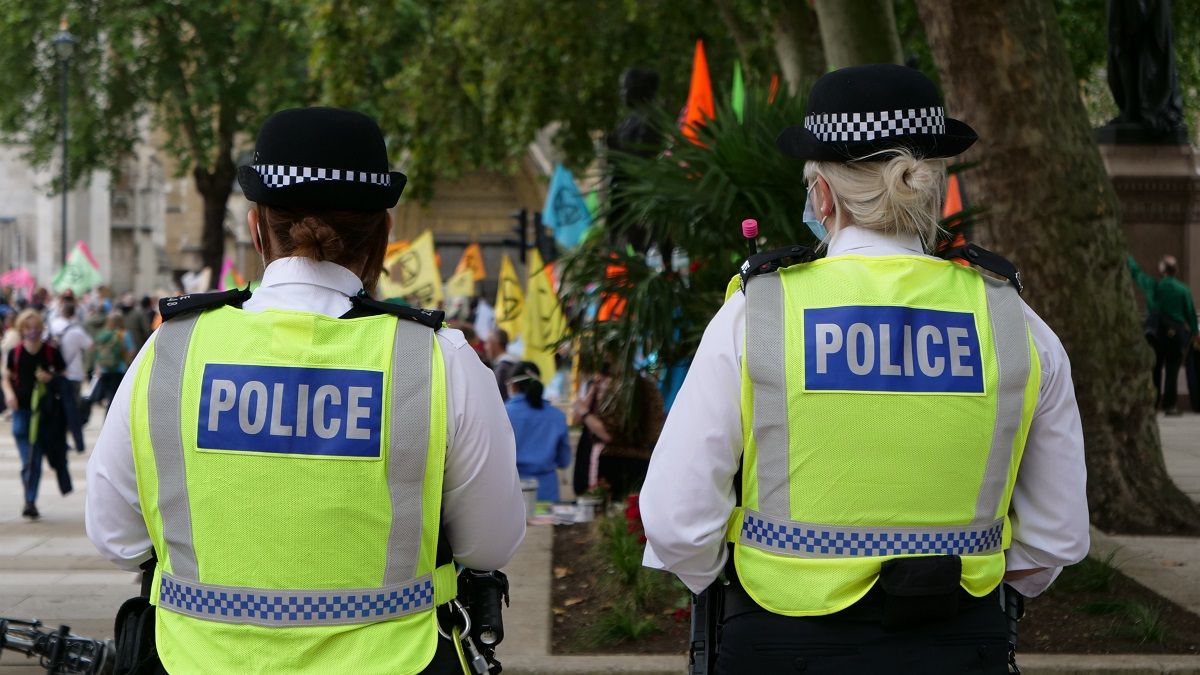What has been billed as the most important conference on climate change is due to take place early next month in Scotland – six years after the Paris Agreement was signed.
But what should we expect from COP26?
Lucian Peppelenbos, climate strategist at asset manager Robeco, thinks it all depends on whether the participants realise the true extent of the crisis we’re in.
COP26 in Glasgow will be attended by leaders from all over the world and will be the first formal review of countries’ climate policies since the landmark Paris Agreement of 2015.
Peppelenbos believes that leaders going into the conference will be aware that the Intergovernmental Panel on Climate Change (IPCC) recently issued its bluntest warning yet that tackling global warming is ‘code red’ for humanity.
Wildfires and storms
The IPCC report, issued on 9 August, warned that the Earth had already warmed by 1.09 degrees Celsius since 1850, and the effects were being seen with raging wildfires, increasingly extreme weather and melting ice caps.
It stressed that the past five years have been the hottest on record, making it ever more important to massively cut greenhouse gas emissions before irreversible climate damage occurs.
The Paris Agreement calls on nations to limit global warming to a maximum of 2 degrees Celsius from pre-industrial levels by 2100, and ideally to restrict it to 1.5 degrees. It was signed by all 196 members of the UNFCCC. To do this, the world needs to achieve net zero emissions by 2050.
So, will world leaders rise to the occasion and take some serious action?
COP26 essentially has four goals:
- Secure global net zero by 2050 to keep 1.5 degrees within reach
- Adapt to protect communities and natural habitats
- Mobilise finance to fund this
- Work together to deliver solutions.
Based on this wish-list, Peppelenbos says investors are, therefore, looking for four things to happen:
To beef up net-zero policies, he says countries need to accelerate their decarbonisation under what’s known as the ‘ratchet mechanism’ – making progressively bigger cuts in emissions to reach net zero.
“The policy ambition gap is factor one hundred,” he says. “Currently, the 2030 pledges only lead to a 0.5% emission reduction, whereas a 50% reduction is needed to reach the 1.5 degree limit. So, it’s a good COP if pledges are made to at least get to a 25% emission cut by 2030, as that puts the world onto a 2 degree trajectory.”
Natural solutions
With regard to using nature-based solutions, Peppelenbos points out that over half of all greenhouse gas emissions are absorbed by nature.
“Forests, land and oceans are our biggest allies in limiting global warming – and are also critical to resolving the biodiversity crisis. The protection and restoration of nature can be boosted through funding from carbon credits.”
He adds: “Trading in carbon credits across countries, and clear rules for voluntary carbon markets, are essential for accelerating cost-effective action on the short term such as reforestation,” says Peppelenbos. “It’s a good COP if countries reach a deal that enables the execution of Article 6 of the Paris Agreement, which targets international cooperation through carbon markets.”
Finance flows
The Paris Agreement aims to stimulate finance flows from rich to poor countries in order to mobilise $100bn a year for climate action. This is one of the most controversial elements of the agreement, as the goal is seen as being far out of reach.
“Global warming has historically been caused mainly by developed markets, but the costs are mainly borne by emerging markets,” says Peppelenbos. “For this reason, countries agreed to the $100bn per year in funding back in 2009. This pledge has not been fulfilled. It’s therefore a good COP if a post-2020 finance deal is reached.”
Disclosure
This year saw a strong push for global harmonisation of climate disclosure, and for making it mandatory – currently, this is random and voluntary.
Peppelenbos is optimistic for progress to be made here. “This already has support within the G7, and it has been boosted by the new EU Sustainable Finance Disclosure Regulation and EU Taxonomy which will standardise reporting across the 27-nation bloc,” he says. “We already require climate disclosures from companies in our investment process. It’s a good COP if climate reporting becomes mandatory across the world.”
Chris Greenland, fund manager with Sanlam, believes COP26 plays an important role in raising awareness of climate targets but believes with regard to energy alternatives in particular, many companies are already putting their foot to the floor in development of renewable options.
He also stresses that transition to zero emission targets cannot happen overnight
“When we look at current rising power and fuel prices it becomes clear that the capacity we have for renewables is not there yet to keep the lights on across the world. But we have to reach a day when we don’t need oil or gas – as things stand, we still do.”
But he concludes: “When you consider that a third of UK energy is now from renewables when just a few years ago it was a fraction of that, you realise the level of progress.”







